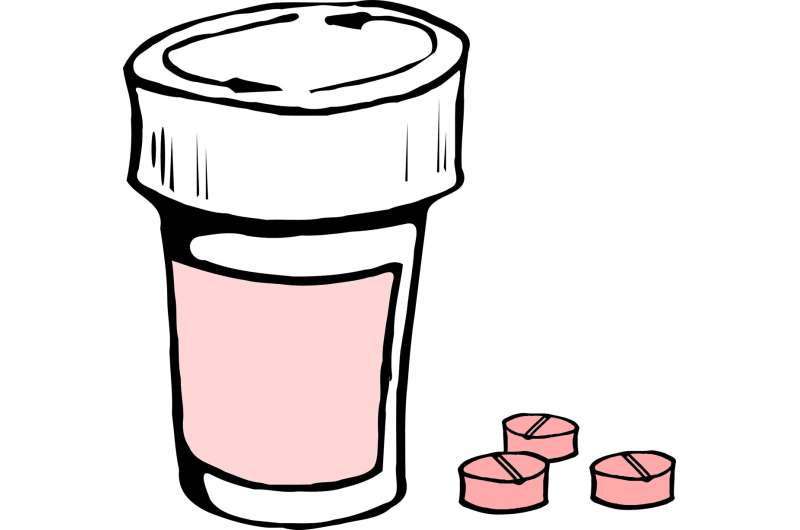Ask the pediatrician: How should parents childproof their home?

Q: Our daughter is crawling and exploring, and we are hurrying to childproof our house. What are some areas that we might overlook?
A: As you go through and childproof your home, you'll likely pay special attention to certain areas like the nursery, bathroom and kitchen. But some safety rules and preventive steps apply to every room.
Here are some safeguards against commonplace household dangers that can protect your baby and the whole family:
- Install smoke and carbon monoxide detectors throughout your home, at least one on every level and outside bedrooms. Check them monthly to be sure they still work. If possible, install networked smoke detectors so when one goes off, they all do. Develop a fire escape plan and practice it.
- Put non-choking hazard safety plugs in all unused electrical outlets. This protects against electric shock by preventing your child from being able to stick their finger or a toy into the holes. If your child won't stay away from outlets, block access to them with furniture. Keep electrical cords out of reach and sight.
- Avoid window coverings that have cords to prevent strangulation. If your blinds or drapes are not cordless, attach their cords to floor mounts that hold them taut or wrap these cords around wall brackets to keep them out of reach. Use safety stop devices on the cords.
- Check floors constantly for small objects that can be dangerous if a child swallows them. Examples include coins, beads, buttons, pins and pills, which can cause choking or poisoning. The best way to check is to get down at your child's level and see what's there.
- Know which items your home have button or lithium coin batteries and keep them out of reach of children. When inhaled or swallowed, these small batteries can cause swift, life-threatening damage to the esophagus or intestines. They are found in many common household and personal products, such as small remote controls, key fobs, cameras, garage door openers, flameless candles, watches, toys and hearing aids.
- Check furniture for stability and tip-over risk. Children can be seriously hurt or even killed when they climb onto, fall against or pull themselves up on large pieces of furniture like bookshelves and dressers. Put floor lamps behind other furniture and anchor bookcases, dressers and TV stands to the wall.
- To prevent falls from windows, open windows from the top, if possible. If you must open them from the bottom, install operable window guards that only an adult or older child can open from the inside. A screen is not strong enough to prevent a fall. Never put chairs, sofas, low tables or anything else a child might climb on in front of a window.
- Never leave plastic bags lying around the house. They can suffocate children. Don't store toys or other items in plastic bags, either. Dry-cleaning bags are particularly dangerous. Knot them before you throw them away so it's impossible for your child to crawl into them or pull them over their head. Even a small torn-off piece can become a potential choking hazard.
- Think about the potential hazard of anything you put into the trash. Any trash container used for possibly dangerous items—spoiled food, discarded razor blades batteries—should have a child-resistant cover or be kept out of a child's reach.
- To prevent burns, check fireplaces, wood stoves, kerosene heaters and other heat sources in your home. These should be screened so that your child can't get near them. Gas fireplaces with glass doors get extremely hot and can cause severe burns when touched. Check electric baseboard heaters, radiators and even vents from hot-air furnaces to see how hot they get. They, too, may need to be screened.
- The safest home for a child is one without a gun. If you do have a gun, it is essential to store it unloaded in a locked case, with the ammunition locked in a separate location.
- Put safety locks on all cabinets containing cleaning fluids or other dangerous items. Also keep all medications (including those you might carry in your purse) out of reach. Do not depend on child safety caps to protect your child from getting into medicine bottles.
- Keep all alcoholic beverages in a locked cabinet and remember to empty any unfinished drinks immediately. Alcohol can be toxic to a young child. Be sure to keep liquid nicotine for vaping and edible marijuana products out of reach, as well.
- Install safety gates at both the top and bottom of stairs when your child is learning to crawl and walk. Avoid accordion-style gates, which can trap an arm or a neck. Instead, use gates firmly mounted to the home's studs. Also, to prevent slips and falls, consider carpeting the stairs. Be sure the carpet is firmly tacked down at the edges. If you have hardwood floors, don't let your child run around in socks, which can cause slips.
- Pay attention to the doors between rooms. Glass doors are particularly dangerous, because a child may run into them. Fasten them open if possible. Swinging doors can knock a small child down, and folding doors can pinch little fingers. Consider removing these until your child is old enough to understand how they work.
- Check for furniture with hard edges and sharp corners that could injure your child (coffee tables are a particular hazard). If possible, remove dangerous furniture from traffic areas, particularly when your child is learning to walk. You also can buy cushioned corners and edge protectors that stick onto the furniture.
©2022 Tribune Content Agency, LLC.




















